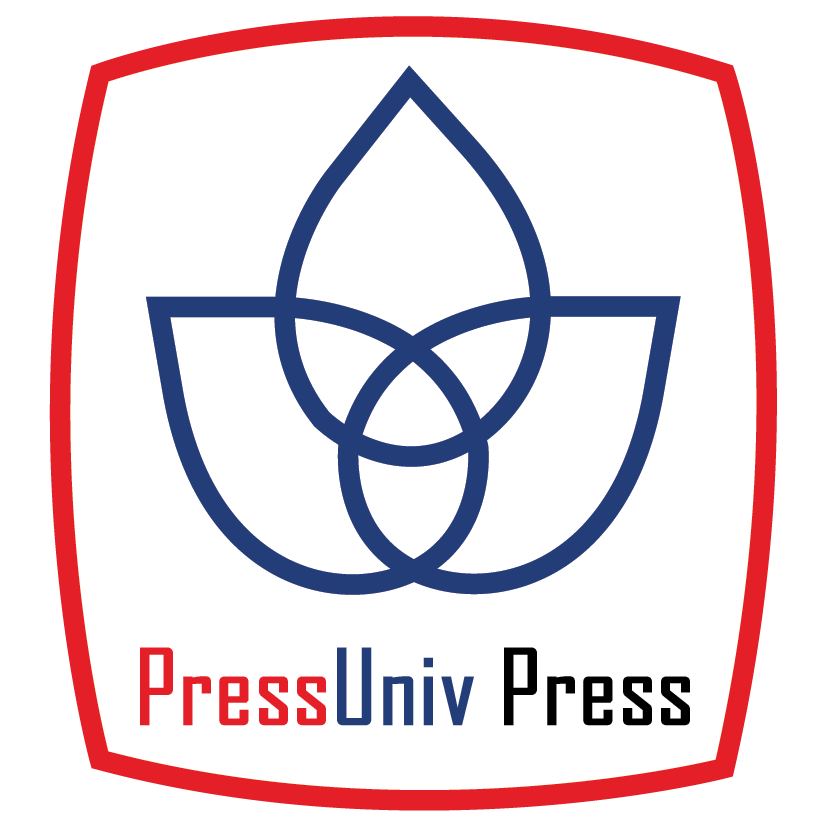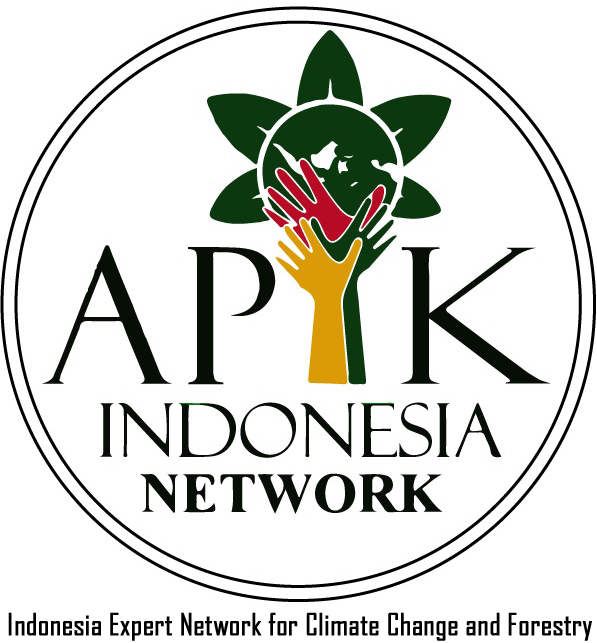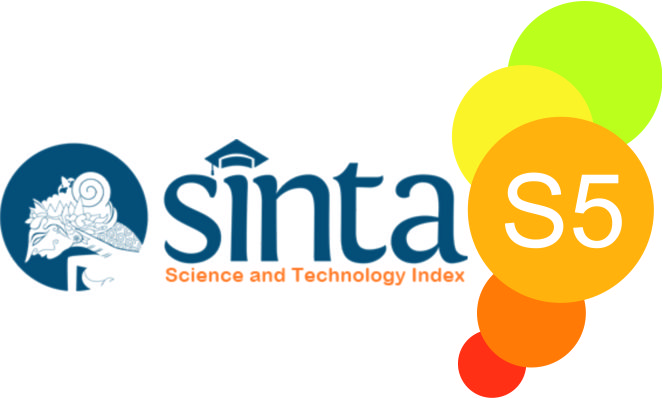Pengembangan Model Pemilihan Green Supplier di Kawasan Industri Cikarang
Abstract
Keywords
Full Text:
PDFReferences
Awasthi, A., Kannan, G., 2016. Green supplier development program selection using NGT and VIKOR under fuzzy environment. Comput. Ind. Eng. 91, 100–108. https://doi.org/10.1016/j.cie.2015.11.011.
Bai, C., & Sarkis, J. (2010). “Green supplier development: Analytical evaluation using rough set theory.” Journal of Cleaner Production, 18(12), 1200–1210.
Bali, O., Kose, E., Gumus, S., 2013. Green supplier selection based on IFS and GRA. Grey Syst. Theory Appl. 3, 158–176. https://doi.org/10.1108/GS-04-2013-0007.
Buyukozkan, Gulcin and Cifci, Gizem, (2011), “A novel hybrid MCDM approach based on fuzzy DEMATEL, fuzzy ANP and fuzzy TOPSIS to evaluate green suppliers”, Expert System with Applications.
Cinelli, M., Coles, S.R., Kirwan, K., (2014), “Analysis of the potentials of multi criteria decision analysis methods to conduct sustainability assessment”, Ecol. Indic. 46, pp. 138-148.
Demir, L., Akpınar, M.E., Araz, C., Ilgın, M.A., 2018. A green supplier evaluation system based on a new multi-criteria sorting method: VIKORSORT. Expert Syst. Appl. 114, 479–487. https://doi.org/10.1016/j.eswa.2018.07.071
DETR. (1999). Sustainable Distribution A Strategy. Office of the Deputy Prime Minister (ODPM), UK.
Dobos, I., Vörösmarty, G., 2014. Green supplier selection and evaluation using DEA-type composite indicators. Int. J. Prod. Econ. 157, 273–278. https://doi.org/10.1016/j.ijpe.2014.09.026
Emas, R. (2015), “The Concept of Sustainable Development: Definition and Defining Principles”, Florida International University, Miami.
Ewertowska A, Galán-Martín A, Guillén-Gosálbez G, Gavaldá J, Jiménez L, (2016), “Assessment of the environmental efficiency of the electricity mix of the top European economies via data envelopment analysis”, Journal of Cleaner Production.
Ewertowska A, Pozo C, Gavaldá J, Jiménez L, Guillén-Gosálbez G, (2017), Combined use of life cycle assessment, data envelopment analysis and Monte Carlo simulation forquantifying environmental efficiencies under uncertainty, Journal of Cleaner Production.
Freeman, J., Chen, T., 2015. Green supplier selection using an AHP-Entropy-TOPSIS framework. Supply Chain Manag. Int. J. 20, 327–340. https://doi.org/10.1108/SCM-04-2014-0142
Galankashi, M.R., Chegeni, A., Soleimanynanadegany, A., Memari, A., Anjomshoae, A., Helmi, S.A., Dargi, A., 2015. Prioritizing Green Supplier Selection Criteria Using Fuzzy Analytical Network Process. Procedia CIRP 26, 689–694. https://doi.org/10.1016/j.procir.2014.07.044
Gosalbez, Gonzalo G., (2011), “A novel MILP-based objective reduction method for multi-objective optimization: Application to environmental problems”, Computer and Chemical Engineering, 35, pp. 1469-1477.
Gumus, A. T. (2009). “Evaluation of hazardous waste transportation firms by using a two step fuzzy-AHP and TOPSIS methodology.” Expert Systems with Applications, 768 36, 4067–4074.
Hamdan, S., Cheaitou, A., 2017. Supplier selection and order allocation with green criteria: An MCDM and multi-objective optimization approach. Comput. Oper. Res. 81, 282–304. https://doi.org/10.1016/j.cor.2016.11.005
Hashemi, S.H., Karimi, A., Tavana, M., 2015. An integrated green supplier selection approach with analytic network process and improved Grey relational analysis. Int. J. Prod. Econ. 159, 178–191. https://doi.org/10.1016/j.ijpe.2014.09.027
Jabbour, A.B.L.S., Jabbour, C.J.C., 2009. Are supplier selection criteria going green? Case studies of companies in Brazil. Ind. Manag. Data Syst. 109, 477–495. https://doi.org/10.1108/02635570910948623
Kannan, D., Jabbour, A.B.L. de S., Jabbour, C.J.C., 2014. Selecting green suppliers based on GSCM practices: Using fuzzy TOPSIS applied to a Brazilian electronics company. Eur. J. Oper. Res. 233, 432–447. https://doi.org/10.1016/j.ejor.2013.07.023
Kim, I., Min, H., 2011. Measuring supply chain efficiency from a green perspective. Manag. Res. Rev. 34, 1169–1189. https://doi.org/10.1108/01409171111178738
Lee, A. H. I., Kang, Y., Hsu, H. C-F., & Hung, H.-C. (2009). “A green supplier selection model for high-tech industri”. Expert Systems with Applications, 36, pp. 7917–7927.
Lee, T. (Jiun‐Shen), Phuong Nha Le, T., Genovese, A., Koh, L.S.C., 2011. Using FAHP to determine the criteria for partner’s selection within a green supply chain: The case of hand tool industri in Taiwan. J. Manuf. Technol. Manag. 23, 25–55. https://doi.org/10.1108/17410381211196276
Martin, Angel G, Gosalbes, G.G., Stamford, Laurence, (2016), “Enhanced data envelopment analysis for sustainability assesment: A novel methodology and application to electricity technologies”, Computer and Chemical Engineering, 90, pp. 188-200.
Min, H., Galle, W.P., 2001. Green purchasing practices of US firms. Int. J. Oper. Prod. Manag. 21, 1222–1238. https://doi.org/10.1108/EUM0000000005923
Saaty, T.L., (1999), “Decision Making for Leaders”, 3rd ed., RWS Publications: Pittsburgh, PA.
Sahu, A.K., Datta, S., Mahapatra, S.S., 2016. Evaluation and selection of suppliers considering green perspectives: Comparative analysis on application of FMLMCDM and fuzzy-TOPSIS. Benchmarking Int. J. 23, 1579–1604. https://doi.org/10.1108/BIJ-12-2014-0111
Senthilkumaran, D., Ong, S.K., Tan, B.H. and Nee, A.Y.C. (2001), “Environmental life cycle cost analysis of products”, Environmental Management and Health, Vol. 12 No. 3, pp. 260-276.
Tzeng, G.H., Chiang, C.H., Li, C.W. (2007). “Evaluating intertwined effects in e-learning programs: A novel hybrid MCDM model based on factor analysis and DEMATE”L. Expert Systems with Applications, 32 (4), 1028–1044.
Van Hock, R. I., & Erasmus (2000). “From reversed logistics to green supply chains.” Logistics Solutions, 2, 28–33.
Vijayvargy, L., Thakkar, J., Agarwal, G., 2017. Green supply chain management practices and performance: The role of firm-size for emerging economies. J. Manuf. Technol. Manag. 28, 299–323. https://doi.org/10.1108/JMTM-09-2016-0123
WCDE (1987), “Our Common Future”, Oxford University Press, Oxford.
Yazdani, M., Chatterjee, P., Zavadskas, E.K., Hashemkhani Zolfani, S., 2017. Integrated QFD-MCDM framework for green supplier selection. J. Clean. Prod. 142, 3728–3740. https://doi.org/10.1016/j.jclepro.2016.10.095
Zhu, Q., Dou, Y., Sarkis, J., 2010. A portfolio‐based analysis for green supplier management using the analytical network process. Supply Chain Manag. Int. J. 15, 306–319. https://doi.org/10.1108/13598541011054670
DOI: http://dx.doi.org/10.33021/jenv.v4i1.659
Copyright (c) 2019 Filson Maratur Sidjabat, Johan Krisnanto Runtuk

This work is licensed under a Creative Commons Attribution-ShareAlike 4.0 International License.
Journal of Environmental Engineering and Waste Management Published by PresUniv Press, in collaboration with IESA and APIK Indonesia Network




